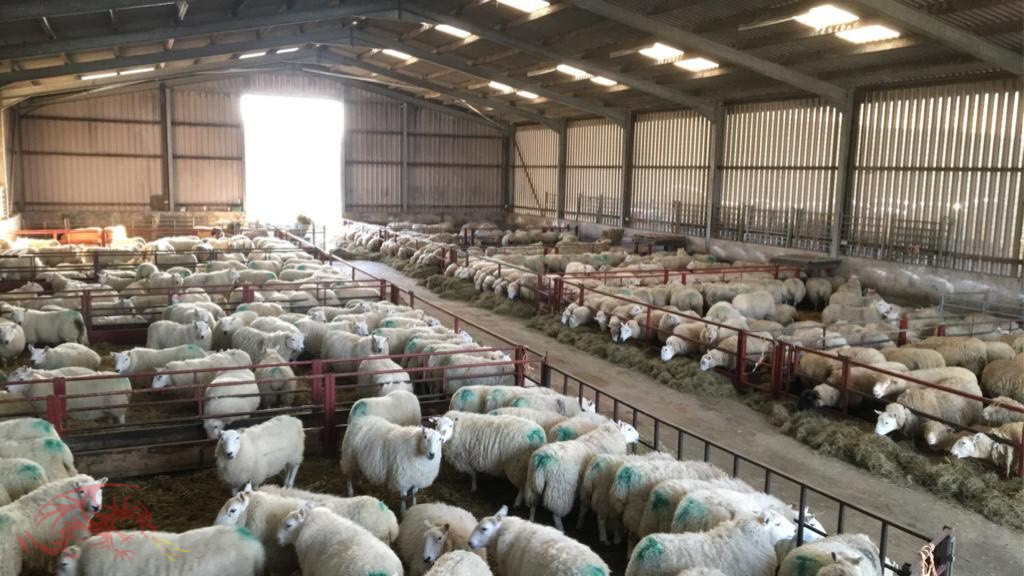As the lambing season approaches, Welsh farmers are making simple changes to livestock protocols to reduce the need to use antibiotics and so help address the risk of antimicrobial resistance (AMR) in animals and the environment.
Highlighting the issue of AMR is Arwain DGC (Defnydd Gwrthficrobaidd Cyfrifol / Responsible Antimicrobial Use), a programme that helps farmers, equine keepers and vets in Wales reduce the need to use antibiotics and anthelmintics.
Through training, applying new technology, data gathering, and improving understanding, Arwain DGC is demonstrating how and why taking steps to reduce the need for antibiotics can also improve animal health, increase productivity, and save money.
As part of its work, Arwain DGC has established a group of ‘Proof of Concept’ (PoC) farms, drawn from across Wales, and comprising of four dairy, four sheep, and four beef farms.
In Carmarthenshire, PoC farmer, Gwen Price is gearing up for the arrival of the first lambs of what will be a five-month long lambing period that’s due to begin around Christmas Day.
With her father Alun and brother Dyfan, Gwen farms 330 acres near Llangadog with a total of 1,100 ewes, and producing an average of 1,550 lambs each year. The beef and sheep enterprise includes three holdings – including the main holding at Goleugoed – and consequently there are three separate flocks encompassing several sheep breeds.
Gwen said, “Every farm with us is different, and one is more heavily stocked than others. Lambing begins around December, but our highest point is March/April. Last year we lambed 500 ewes over two weeks, but fortunately, the mild weather meant we could turn them out quickly.”
Please donate here: Support Carmarthenshire News Online Thank you for supporting independent journalism and contributing to the future of local news in Carmarthenshire. Carmarthenshire News Online has been dedicated to providing unbiased and trustworthy news, free from commercial or political influence. By donating as little as £1, you can help ensure the continuation of this important source of information for the community. Your contribution will have a significant impact on the sustainability of independent journalism. If you're looking to enhance your brand's visibility, we also offer advertising opportunities on our Livestream and podcasts. Our special offers provide excellent value for reaching our engaged audience. To learn more about these opportunities and to discuss your advertising needs, please feel free to call or text us at 07308598604. Thank you again for your support, and together we can ensure the availability of quality local news for Carmarthenshire and beyond.
Please donate here: Support Carmarthenshire News Online






